Porsche 911 Carrera S
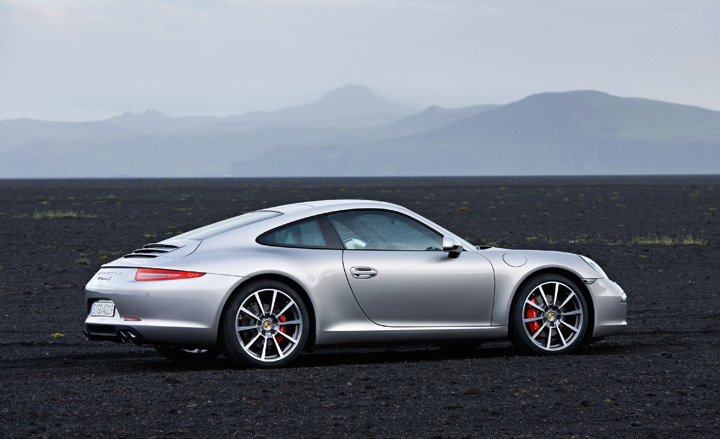
Just a few months ago, we were singing the praises of Porsche's 911 Carrera GTS, one of the finest examples of the 997-series version of this evergreen classic. Late last year the 997 Series gave way to the 991 Series, one of the most comprehensive overhauls of the 911 since the car was launched back in 1963. As you might have guessed, the 911 is an evolutionary design, but Porsche has only started from a completely clean sheet on three occasions, and the 991 Series is one such blank slate car.
Owners of an untrained eye will probably scoff at the company's claim to have started from scratch, for the new 911 is, of course, a dead ringer for its predecessors. If you know too much about cars, you can sense a slight shift in the proportions, with a longer wheelbase and a rather more pronounced, almost cartoonish, relationship between wheels and headlights, both of which seem comically large. An unfair assessment would be to call this a caricature of the 911, a basic form that is just about to start its fifth decade in the public consciousness.
But although Porsche is very much wedded to the 911 look - a family style that is clearly carried over to all its models, from Cayman through to Cayenne - the company's vast legions of engineers are more than content to see how much more efficient, dynamic and swift they can make the car within this formal framework.
In a nutshell, the 911 keeps getting better. Throughout its long history, there have been several controversial developments - the loss of an air-cooled engine, the introduction of four wheel drive on some models - causing some aficionados to bemoan the loss of the 'true' 911 character. We rather think this automotive Luddism is misplaced. The 911 has always been a technological showcase - it has just chosen to swathe its innovation in rather conservative clothes.
In any case, the Porsche driver cares not one jot what anyone else thinks. Although the press car supplied by Porsche UK wasn't exactly discrete with its Racing Yellow bodywork, there really are few contemporary sports cars with such a huge breadth of talent.
Until you get to the very high-end models like the Turbo and GT3 (not yet released as 991 Series versions), the Porsche 911 is a car you can use every day. Even lighter and more efficient than before, with stop-start engine technology and other fuel-saving tricks, the straight six engine doesn't have the bass-y rumble of a V8 or V12, meaning you can drive quietly and unselfconsciously around town without inviting unwanted stares. There are four seats, a fairly helpful chunk of luggage space and a brilliantly put together entertainment system - Porsche are getting ever closer to Audi levels of quality with their recent interiors.
On top of all that, the 911 just feels right, even at low speeds. The steering is perfectly weighted (even though the new car has switched over to a controversial electro-mechanical system for the first time) and controls fall easily to hand. It also feels compact, with excellent visibility. The view out over the front bonnet, past the raised humps of the wheel arches, is distinctly evocative, reminiscent of more curvaceous cars from a bygone era (which is what the 911's fundamental shape effectively is).
Find an empty stretch of road and there are 'Sport' and 'Sport S' buttons at your disposal to speed things up a bit. The latter is almost only suitable for the track, such is the sudden ferocity of the engine and the gearbox's desire to change only at the edge of the redline. The car also featured Porsche's new Dynamic Chassis Control, a pricey extra design that keeps the car flatter when cornering at speed. Such is the 911's balance and controllability that it seems rather superfluous on everyday roads.
All new, but still familiar, the 911 retains its place as the most poised and practical sports car on the market. Purists might opt for the smaller Cayman or far swifter 911 Turbo, when it arrives, but the Carrera S does a fine job as a fast and thrilling all-rounder that's also somewhat understated. Except in Racing Yellow.
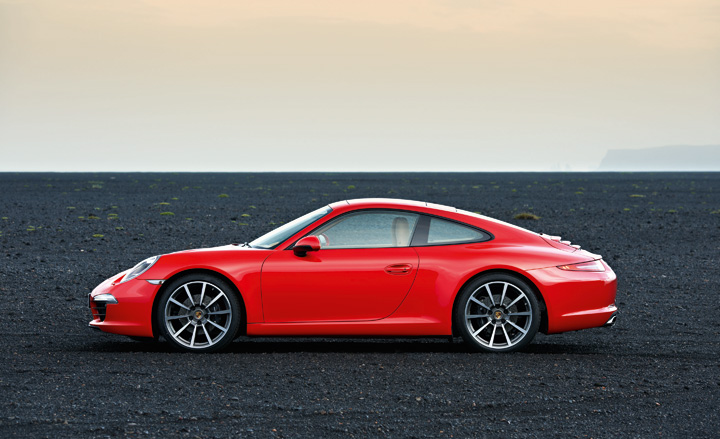
There really are few contemporary sports cars with such a huge breadth of talent. Until you get to the very high-end models like the Turbo and GT3, the Porsche 911 is a car you can use every day. Even lighter and more efficient than before, it is equipped with stop-start engine technology and other fuel-saving tricks
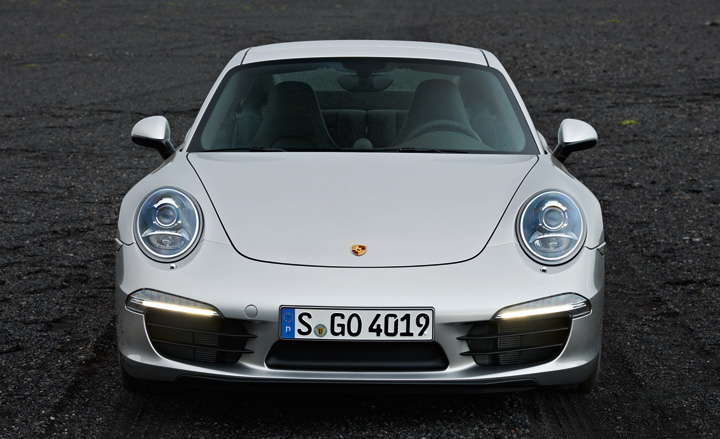
The straight six engine doesn't have the bass-y rumble of a V8 or V12, meaning you can drive quietly and unselfconsciously around town without inviting unwanted stares
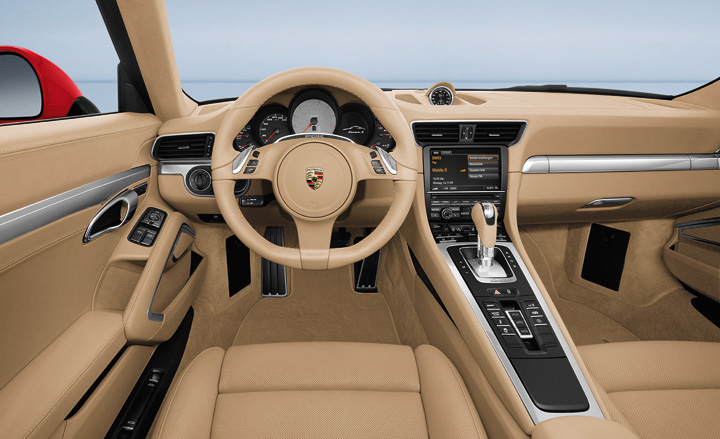
There are four seats, a fairly helpful chunk of luggage space and a brilliantly put together entertainment system - Porsche are getting ever closer to Audi levels of quality with their recent interiors. The view out over the front bonnet, past the raised humps of the wheel arches, is distinctly evocative, reminiscent of more curvaceous cars from a bygone era
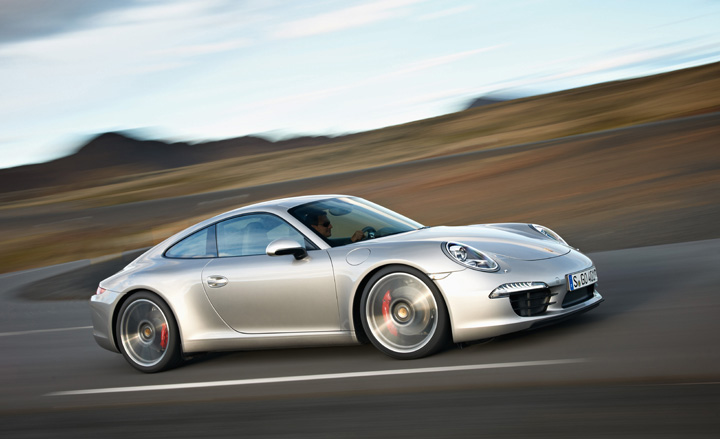
Find an empty stretch of road and there are 'Sport' and 'Sport S' buttons at your disposal to speed things up a bit. The latter is almost only suitable for the track, such is the sudden ferocity of the engine and the gearbox's desire to change only at the edge of the redline

The steering is perfectly weighted (even though the new car has switched over to a controversial electro-mechanical system for the first time) and controls fall easily to hand. It also feels compact, with excellent visibility
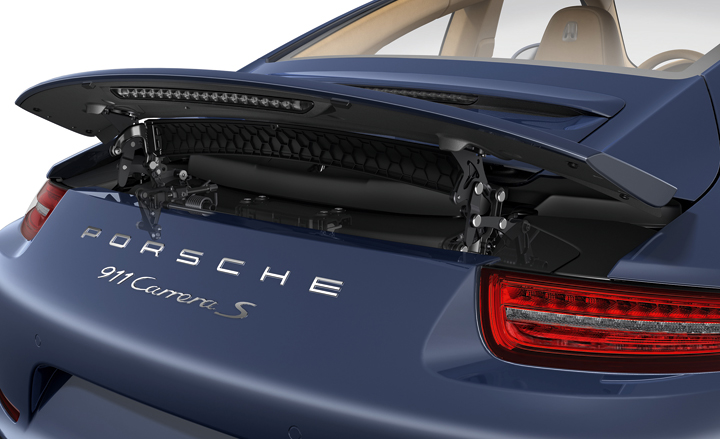
Although Porsche is very much wedded to the 911 look - a family style that is carried over to all its models, the company's vast legions of engineers are more than content to see how much more efficient, dynamic and swift they can make the car within this formal framework
Receive our daily digest of inspiration, escapism and design stories from around the world direct to your inbox.
Jonathan Bell has written for Wallpaper* magazine since 1999, covering everything from architecture and transport design to books, tech and graphic design. He is now the magazine’s Transport and Technology Editor. Jonathan has written and edited 15 books, including Concept Car Design, 21st Century House, and The New Modern House. He is also the host of Wallpaper’s first podcast.
-
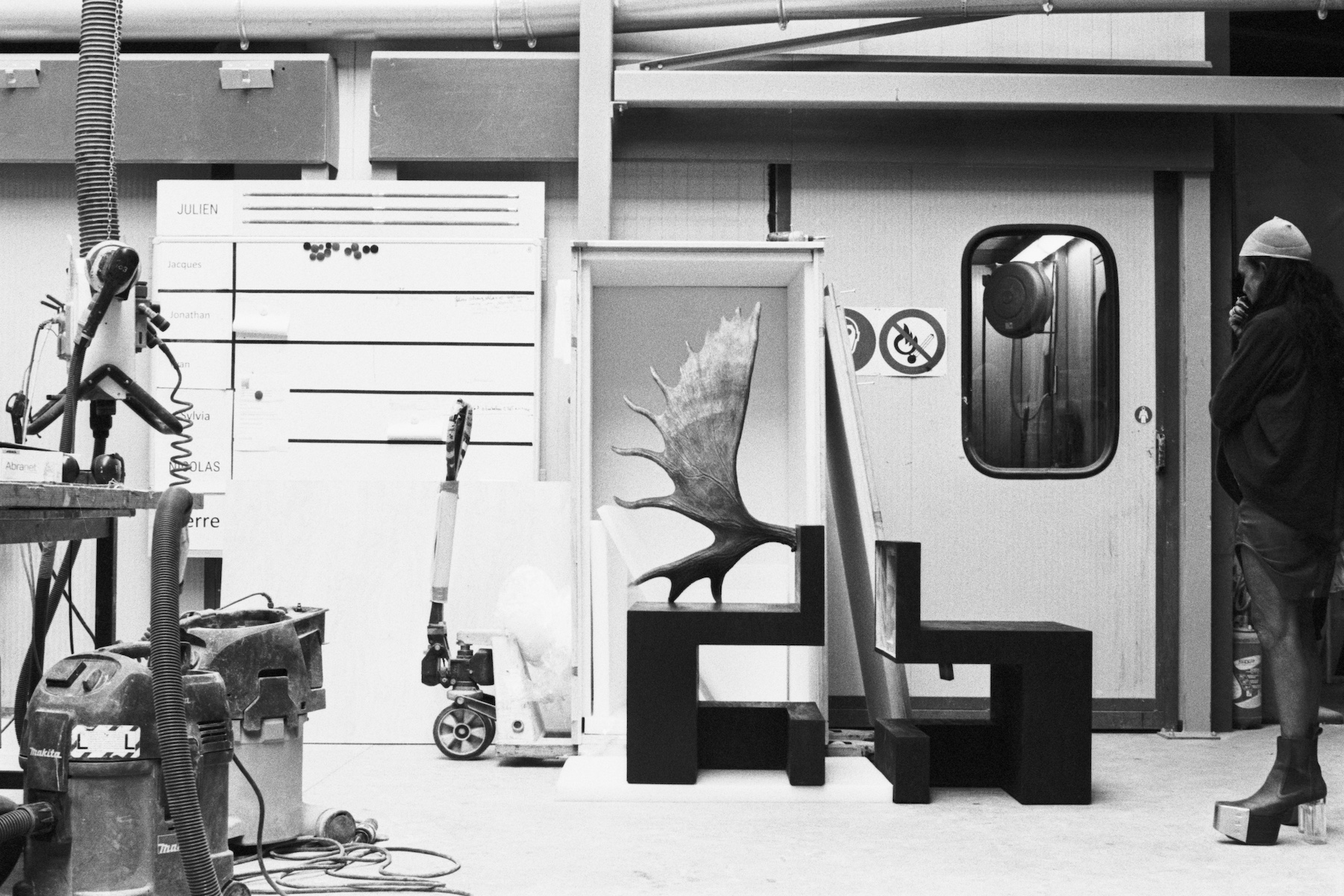 Frieze London 2025: all the fashion moments to look out for
Frieze London 2025: all the fashion moments to look out forThe best fashion happenings to add to your Frieze London 2025 schedule, from Dunhill’s curation of talks at Frieze Masters to an exhibition of furniture by Rick Owens
-
 Artists reflect on Kate Bush lyrics for a War Child auction
Artists reflect on Kate Bush lyrics for a War Child auctionPeter Doig and Maggi Hambling are among artists interpreting Kate Bush’s 1985 track ‘Running Up That Hill’ for War Child’s online auction
-
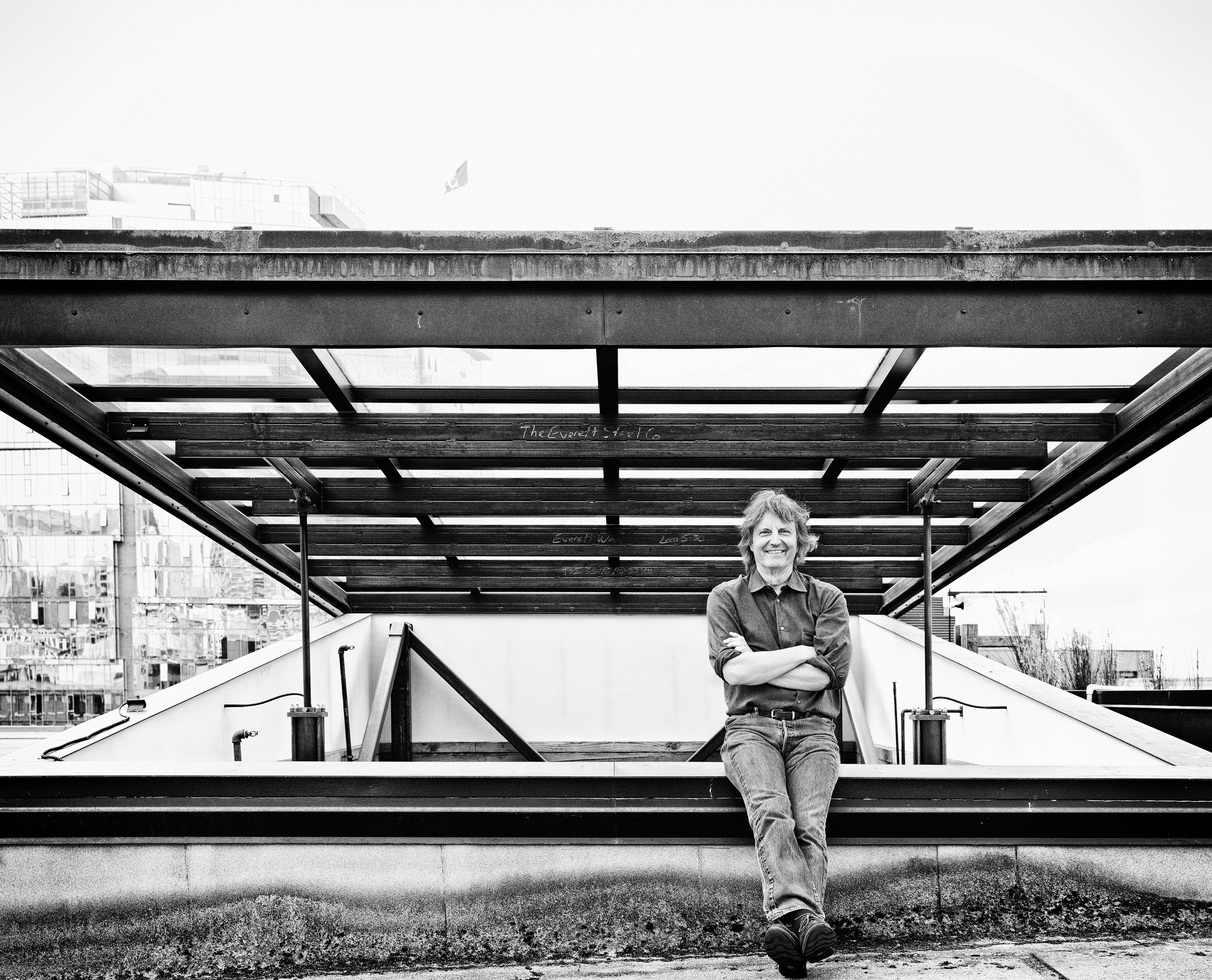 Explore Tom Kundig’s unusual houses, from studios on wheels to cabins slotted into boulders
Explore Tom Kundig’s unusual houses, from studios on wheels to cabins slotted into bouldersThe American architect’s entire residential portfolio is the subject of a comprehensive new book, ‘Tom Kundig: Complete Houses’
-
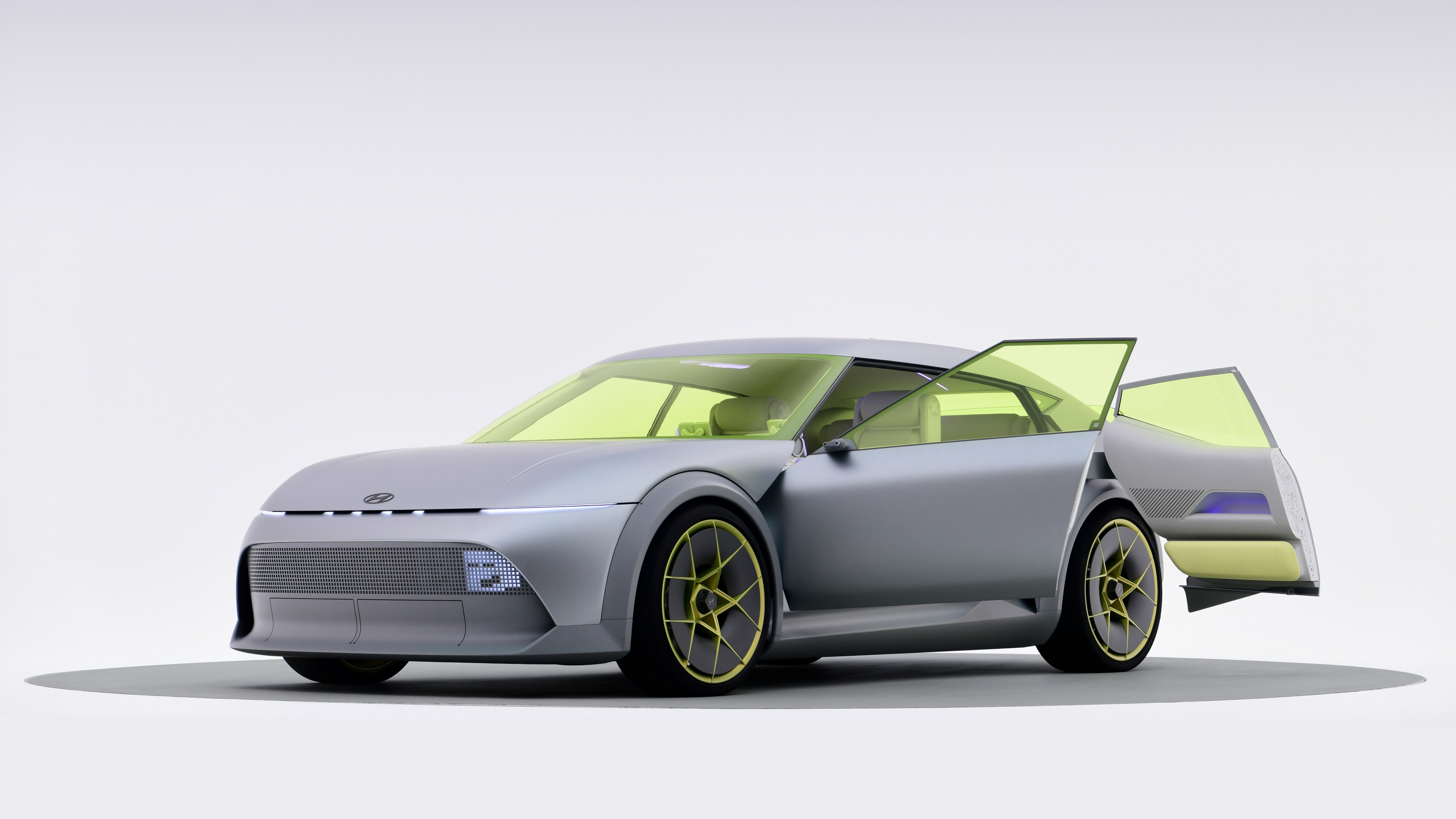 All the new electric cars and concepts revealed at Munich’s IAA Mobility 2025
All the new electric cars and concepts revealed at Munich’s IAA Mobility 2025Munich’s alternative motorshow is now in its third iteration, combining a traditional exhibition space with a conference and large-scale public activations on the streets of the city
-
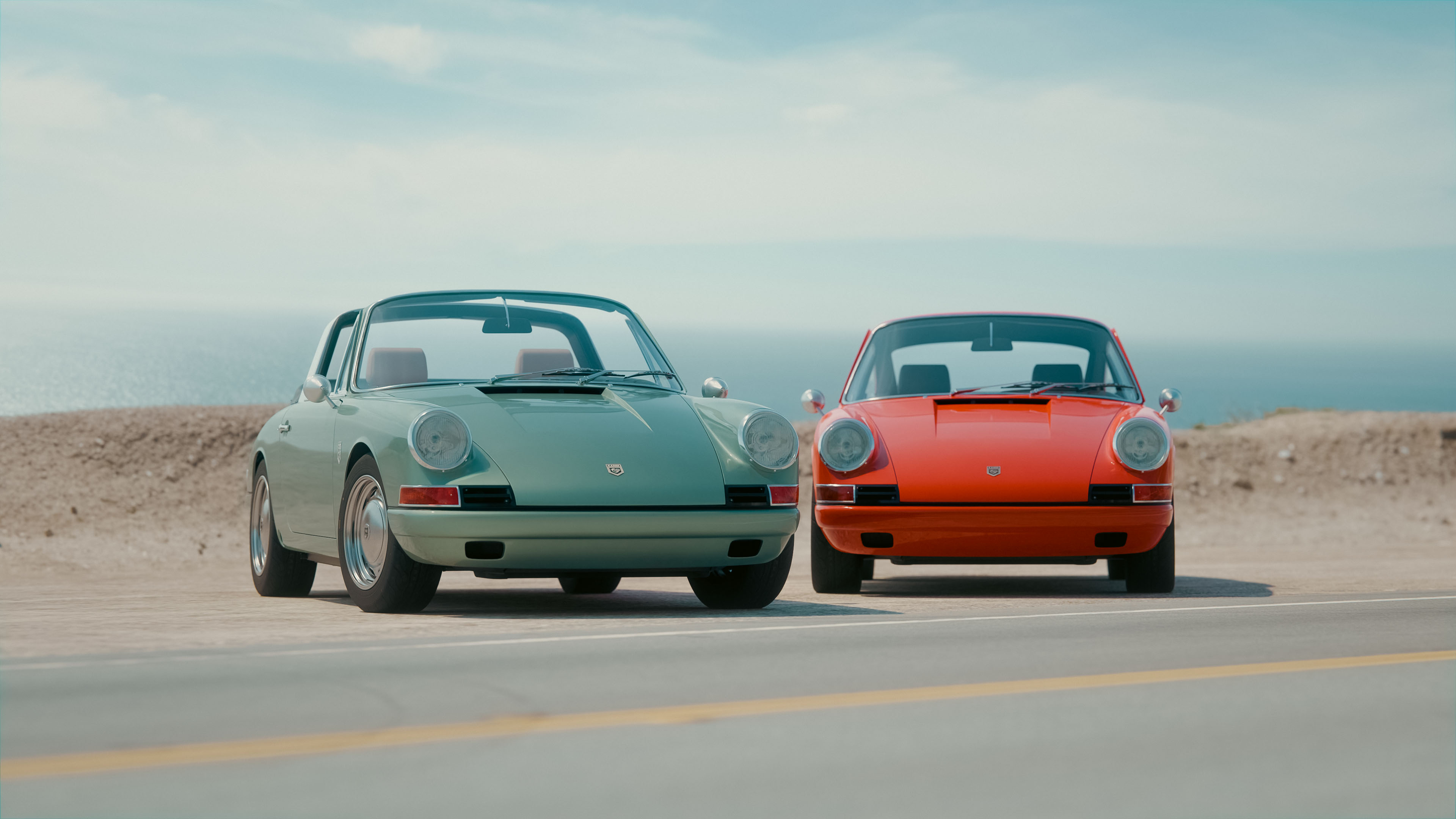 KAMManufaktur transforms the 1960s-era Porsche 912 into a refined restomod GT
KAMManufaktur transforms the 1960s-era Porsche 912 into a refined restomod GTThe KAMM 912T is a restomod Porsche for the more discerning collector, a rebuilt and re-engineered car that favours analogue feel and simplicity over all-out power
-
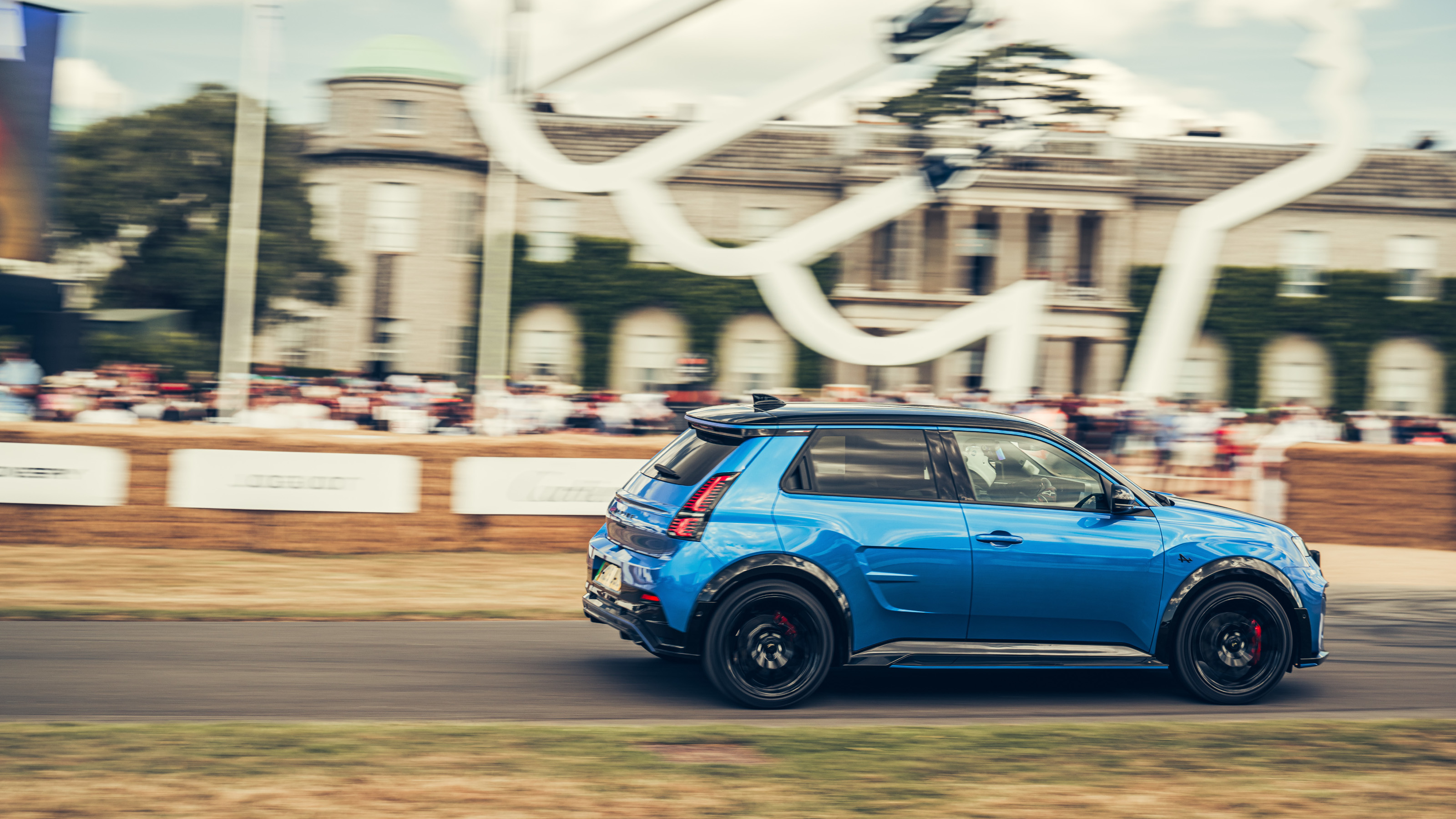 All the best bits from Goodwood Festival of Speed 2025
All the best bits from Goodwood Festival of Speed 2025As car makers switch their allegiance to the sunny West Sussex countryside as a place to showcase their wares, a new generation of sports cars were sent running up that famous hill
-
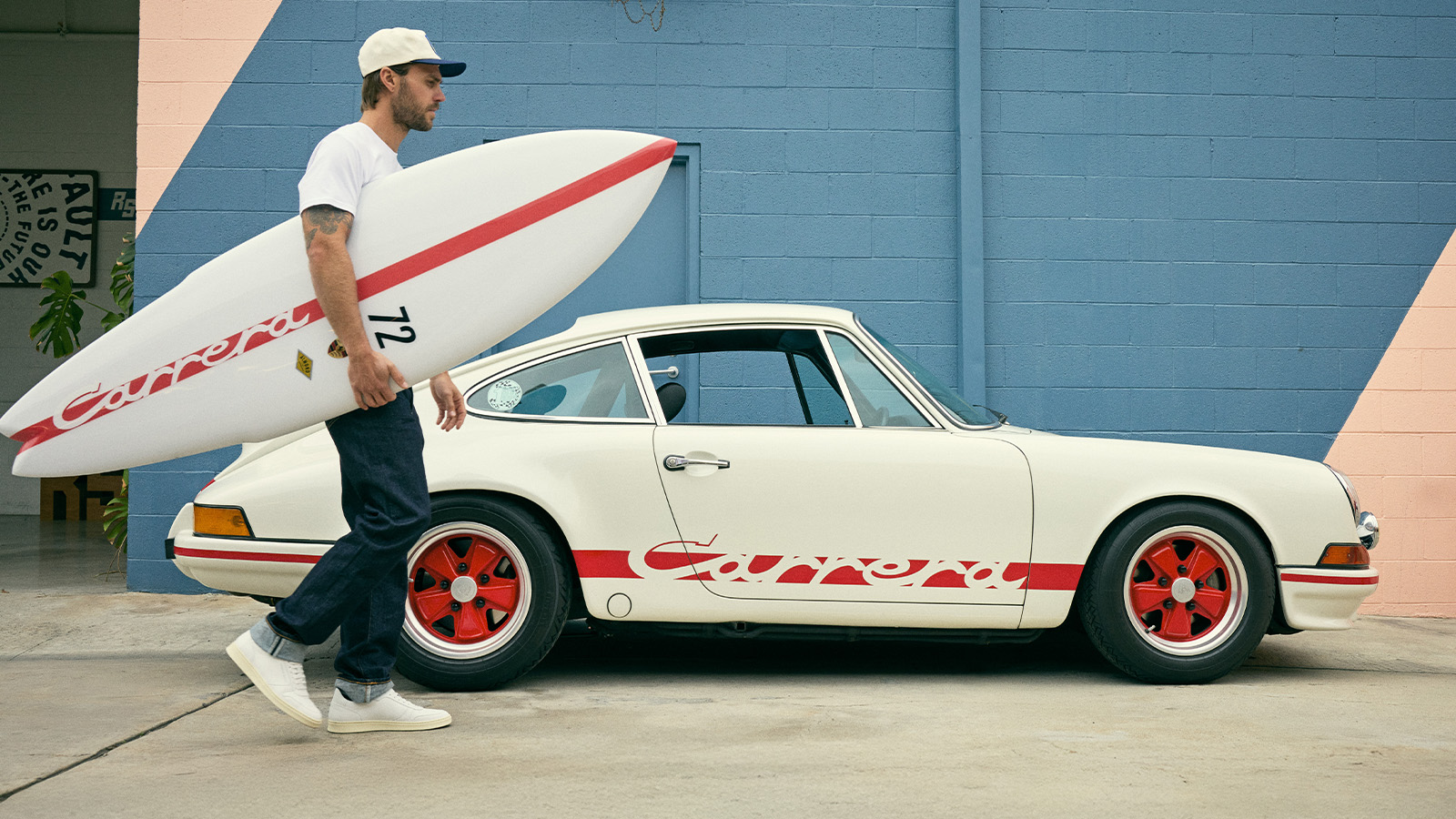 This Porsche surfboard collaboration captures the spirit of 1970s Southern California
This Porsche surfboard collaboration captures the spirit of 1970s Southern CaliforniaThe Porsche 911 Carrera RS 2.7 is the inspiration for the company’s second collaboration with California’s Almond Surfboards, featuring a custom-made board and limited-edition apparel and accessories
-
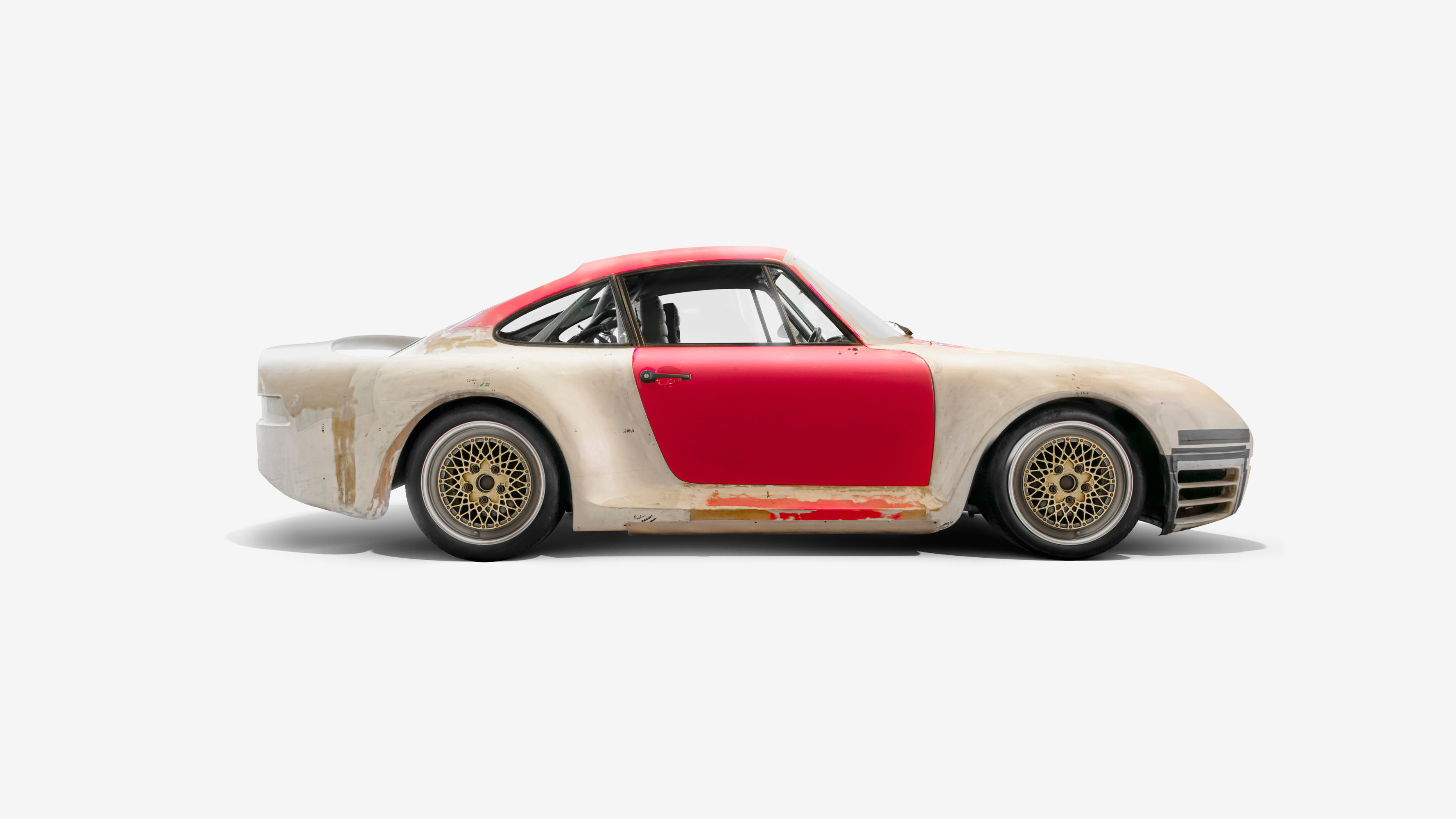 ‘Wundercar’ celebrates the ineffable aura of the Porsche 959, the first true hypercar
‘Wundercar’ celebrates the ineffable aura of the Porsche 959, the first true hypercarCurated by London creatives INK, ‘Wundercar’ is a London exhibition dedicated to the image and influence of Porsche’s seminal 959, a true icon of 1980s engineering
-
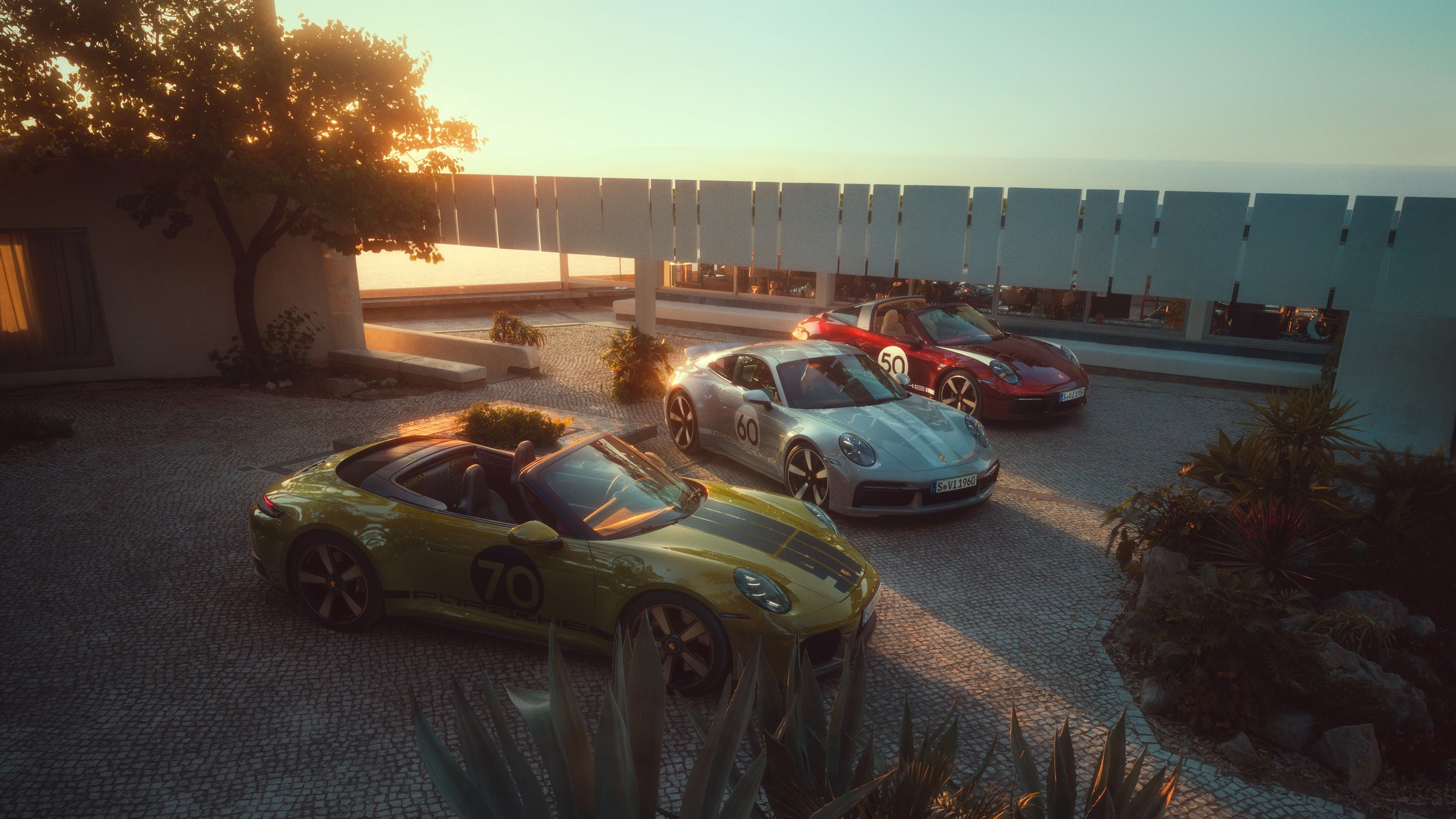 The Porsche 911 Spirit 70 harks back to the aesthetic and ethos of the 1970s
The Porsche 911 Spirit 70 harks back to the aesthetic and ethos of the 1970sAs part of Porsche’s Heritage Design strategy, the company has launched a new special edition, the Porsche 911 Spirit 70 convertible
-
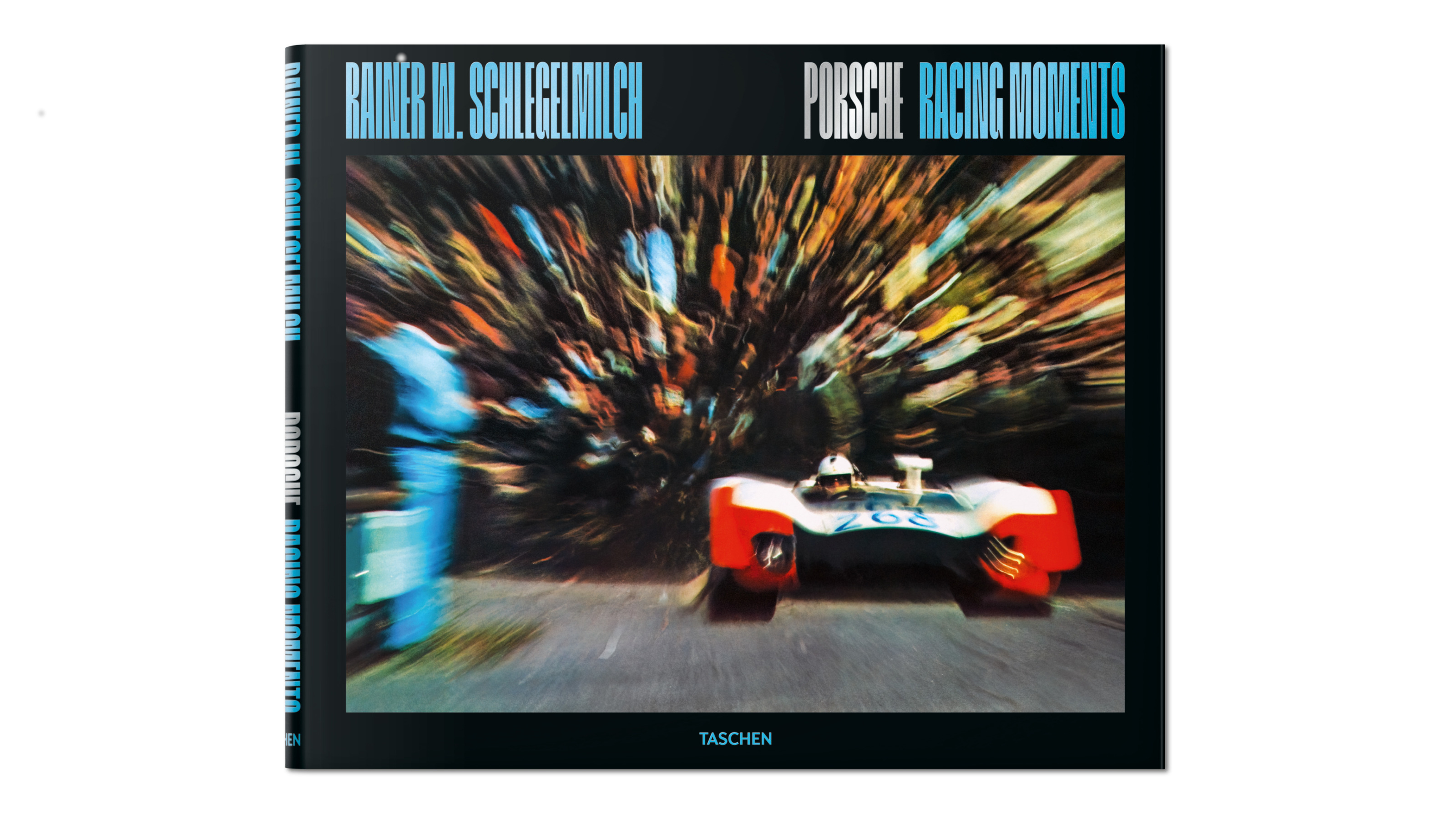 Rainer W. Schlegelmilch's Porsche photography showcases the aesthetics of speed
Rainer W. Schlegelmilch's Porsche photography showcases the aesthetics of speedTaschen's new edition of Rainer W. Schlegelmilch’s collected imagery from a quarter of a century spent following Porsche racing highlights historical machines, emotive camera technique and major moments on the track
-
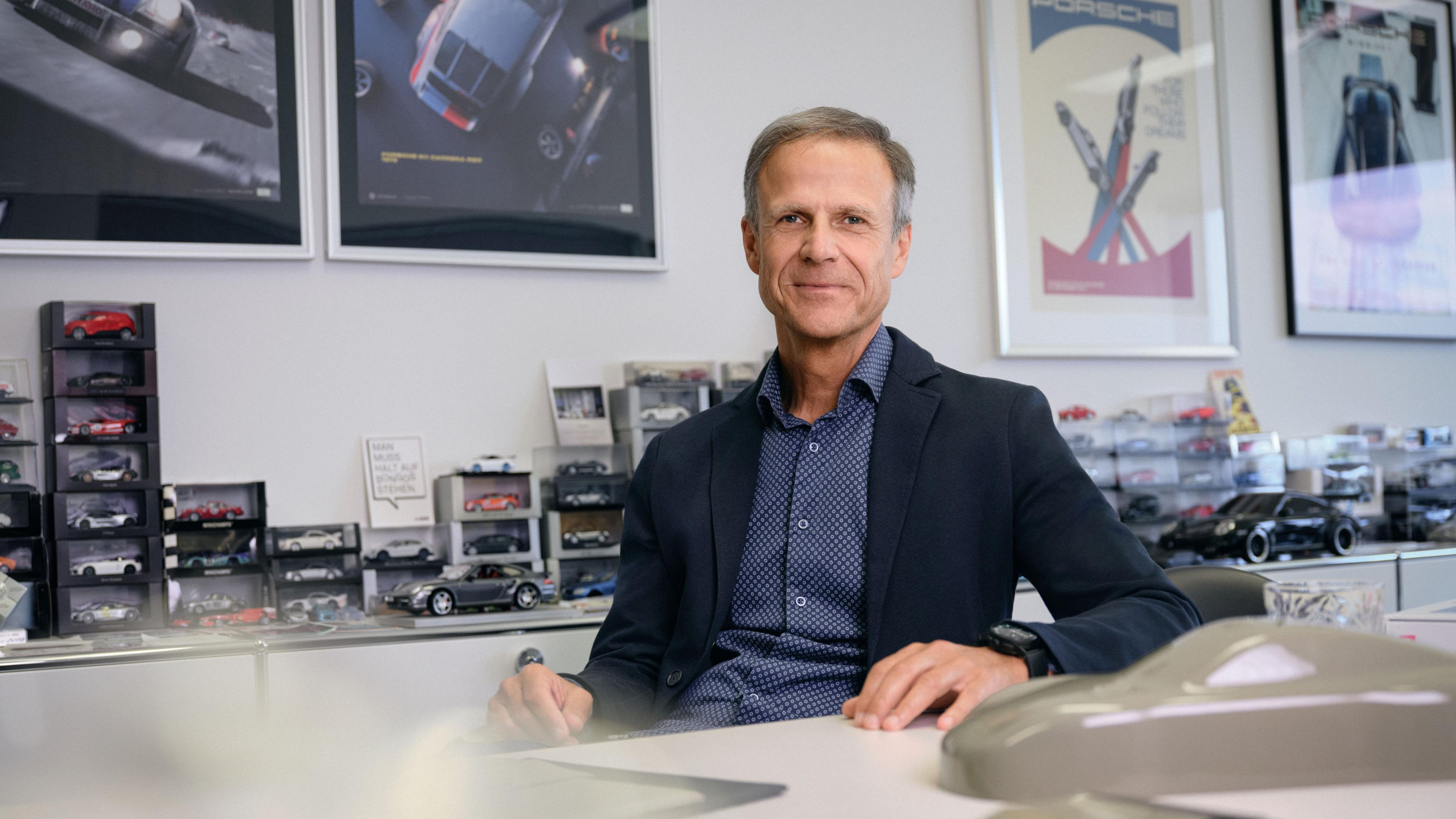 Michael Mauer on two decades at the helm of Porsche’s design
Michael Mauer on two decades at the helm of Porsche’s designPorsche’s signature style has diversified in recent years, thanks to the design leadership of Michael Mauer. We caught up with him to reflect on his 20 years in the hot seat